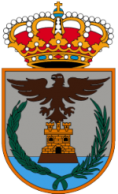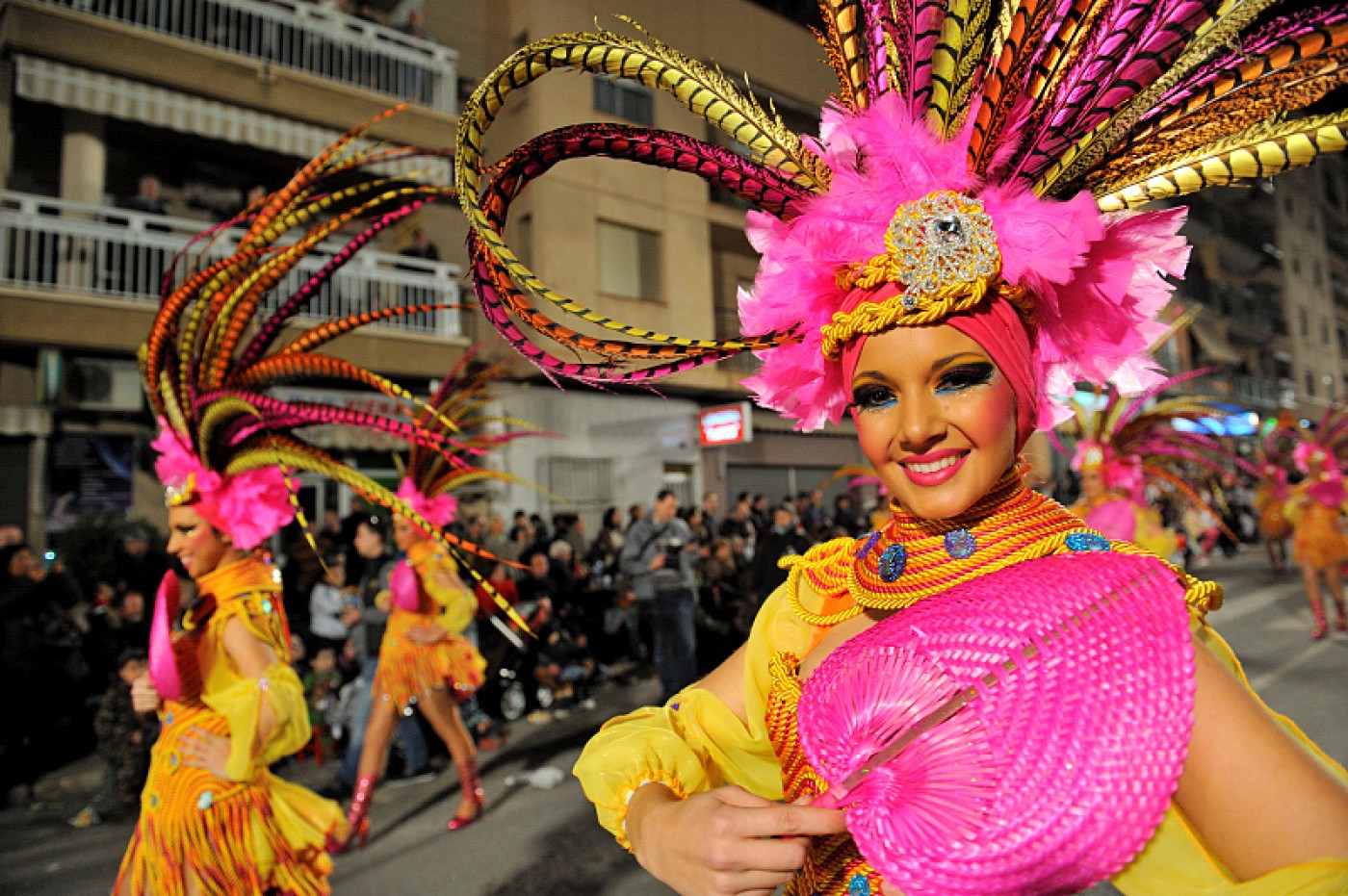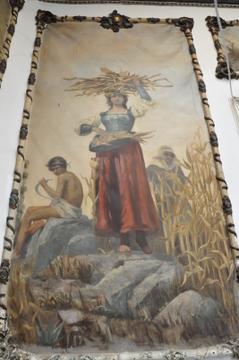-



 Welcome To
Welcome To

-



 Welcome To
Welcome To

-



 Welcome To
Welcome To

-



 Welcome To
Welcome To

-



 Welcome To
Welcome To

- Region
- Águilas
- Alhama de Murcia
- Jumilla
- Lorca
- Los Alcázares
- Mazarrón
- San Javier
-
ALL AREAS & TOWNS
- AREAS
- SOUTH WEST
- MAR MENOR
- MURCIA CITY & CENTRAL
- NORTH & NORTH WEST
- TOWNS
- Abanilla
- Abarán
- Aguilas
- Alamillo
- Alcantarilla
- Aledo
- Alhama de Murcia
- Archena
- Balsicas
- Blanca
- Bolnuevo
- Bullas
- Cañadas del Romero
- Cabo de Palos
- Calasparra
- Camping Bolnuevo
- Campo De Ricote
- Camposol
- Canada De La Lena
- Caravaca de la Cruz
- Cartagena
- Cehegin
- Ceuti
- Cieza
- Condado de Alhama
- Corvera
- Costa Cálida
- Cuevas De Almanzora
- Cuevas de Reyllo
- El Carmoli
- El Mojon
- El Molino (Puerto Lumbreras)
- El Pareton / Cantareros
- El Raso
- El Valle Golf Resort
- Fortuna
- Fuente Alamo
- Hacienda del Alamo Golf Resort
- Hacienda Riquelme Golf Resort
- Isla Plana
- Islas Menores & Mar de Cristal
- Jumilla
- La Azohia
- La Charca
- La Manga Club
- La Manga del Mar Menor
- La Pinilla
- La Puebla
- La Torre
- La Torre Golf Resort
- La Unión
- Las Palas
- Las Ramblas
- Las Ramblas Golf
- Las Torres de Cotillas
- Leiva
- Librilla
- Lo Pagan
- Lo Santiago
- Lorca
- Lorquí
- Los Alcázares
- Los Balcones
- Los Belones
- Los Canovas
- Los Nietos
- Los Perez (Tallante)
- Los Urrutias
- Los Ventorrillos
- Mar De Cristal
- Mar Menor
- Mar Menor Golf Resort
- Mazarrón
- Mazarrón Country Club
- Molina de Segura
- Moratalla
- Mula
- Murcia City
- Murcia Property
- Pareton
- Peraleja Golf Resort
- Perin
- Pilar de la Horadada
- Pinar de Campoverde
- Pinoso
- Playa Honda
- Playa Honda / Playa Paraíso
- Pliego
- Portmán
- Pozo Estrecho
- Puerto de Mazarrón
- Puerto Lumbreras
- Puntas De Calnegre
- Region of Murcia
- Ricote
- Roda Golf Resort
- Roldan
- Roldan and Lo Ferro
- San Javier
- San Pedro del Pinatar
- Santiago de la Ribera
- Sierra Espuña
- Sucina
- Tallante
- Terrazas de la Torre Golf Resort
- Torre Pacheco
- Totana
- What's On Weekly Bulletin
- Yecla


- EDITIONS:
 Spanish News Today
Spanish News Today
 Alicante Today
Alicante Today
 Andalucia Today
Andalucia Today
A morning out in Águilas
What to do on a morning out in Águilas

- Pick up map from tourist office
- Visit to the Casino
- Coffee in the Plaza de Espana, and maybe a slice of cake...
- Visit to the Archaeological museum
- Visit to the Castillo de San Juan
- Photo opportunity by the Monumento al Ferrocarril
- Lunch
There is plenty of parking around the Plaza de España and in the surrounding streets, or along the seafront, particularly in winter.

Wall paintings by Murcia artist José Sánchez lend a feeling of faded splendour and days gone by, recalling the times when the Casino was frequented by those engaged in the project to build the Lorca-Baza- Aguilas Railway. This project was undertaken by the British South Eastern Railway Company, who were also responsible for starting one of the first ever football teams in Spain.
There are still a number of families in the area with half British names, as some moved here to work and never left, and an excellent book is available from booksellers in the town which gives the history of the whole railway project, written in both English and Spanish. "Águilas y los Ingleses" is the work of Antonio Hernández Moreno and also covers the history of esparto production, a fascinating topic in its own right and another extremely important industry in the history of Águilas.


Alternatively, if you have a sweet tooth, check out Confiteráa Enrique, which has been in the same premises in the Plaza de España since 1880. The place overflows with cream-filled treats, magnificent great horns stuffed with cream and chocolate,and enormous nests of sweet orange cream in true traditional Spanish style. You'll burn off the calories climbing up the hill in a minute!
To access the castle, walk back to the tourist office, go straight up Calle Murillo, and you'll see steps going up at the end of the street in front of you. These cut through to the street behind, which then climbs up to the castle. It's a steep walk, so don't even attempt it unless you're pretty fit.

The castle now has a lift to take visitors up to the main entrance, and the views at the top are absolutely stunning.
The Castillo de San Juan that we see today dates back to 1756, although there were other towers built on the same location hundreds of years before, with the ruins of a hexagonal Moorish "Hisn" the earliest confirmed remains, dating from the latter years of the 11th century.
Alfonso X is known to have maintained a garrison here between 1252 and 1284 to warn Lorca of possible attack from the Berber Pirates, a menace which harassed and attacked this coast for hundreds of years, destroying the structures preceding this one on more than one occasion. The last written record of these attacks dates from 1643, when a communication was sent to the King informing him that the Moors had attacked and destroyed the castle.

Exhibits inside give interesting information about the lot of a serving soldier, as well as displays which feature the main products of the town: fish, esparto and ores. But the main reason for visiting the Castle has to be the stunning views.
One very interesting audiovisual shows the journey of a descendant of one of the team who built the railway ,re-tracing his grandfather's steps and visiting the area, and other displays give more information about the prehistorical finds surrounding Aguilas. There are not many display cases to see but the structure of the fortress is very unusual and presents one great view after another.
Leaving the castle, go back down head for the sea, aiming to arrive on the Explanada del Puerto.

Where to Eat in Águilas
By now it's likely that hunger pangs will be making their presence felt. There are plenty of restaurants to choose from along the seafront, but we were recommended to carry on a little further along the bay, heading for the pharmacy marked on the tourist map opposite the Puerto Deportivo.

Have a look at the pharmacy opposite on your way out, the hand painted tiles make it one of the nicest-looking chemists' around!
Castillo de San Juan Opening Hours and Charges

Castillo de San Juan, Entry 2 euros adults, 1 euro groups. Click for seasonal opening hours.Castillo de San Juan.
Casino, train and museum: no charge.
Would we recommend it?
Absolutely, we had a great morning out. The only downside may be the steep climb to the castle, but it's an excellent way to wear out the kids if they've got energy to burn!
More information about Águilas including beaches, what to see, what's on and tourist information can be found on ÁGUILAS TODAY.
Loading
Find more information by AREA, TOWN or URBANISATION .....
Cabo de Palos
Cartagena
El Carmoli
Islas Menores and Mar de Cristal
La Manga Club
La Manga del Mar Menor
La Puebla
La Torre Golf Resort
La Union
Los Alcazares
Los Belones
Los Nietos
Los Urrutias
Mar Menor Golf Resort
Pilar de la Horadada
Playa Honda / Playa Paraiso
Portman
Roldan and Lo Ferro
San Javier
San Pedro del Pinatar
Santa Rosalia Lake and Life resort
Terrazas de la Torre Golf Resort
Torre Pacheco
Cartagena
El Carmoli
Islas Menores and Mar de Cristal
La Manga Club
La Manga del Mar Menor
La Puebla
La Torre Golf Resort
La Union
Los Alcazares
Los Belones
Los Nietos
Los Urrutias
Mar Menor Golf Resort
Pilar de la Horadada
Playa Honda / Playa Paraiso
Portman
Roldan and Lo Ferro
San Javier
San Pedro del Pinatar
Santa Rosalia Lake and Life resort
Terrazas de la Torre Golf Resort
Torre Pacheco
Aguilas
Aledo
Alhama de Murcia
Bolnuevo
Camposol
Condado de Alhama
Fuente Alamo
Hacienda del Alamo Golf Resort
Lorca
Mazarron
Puerto de Mazarron
Puerto Lumbreras
Sierra Espuna
Totana
Aledo
Alhama de Murcia
Bolnuevo
Camposol
Condado de Alhama
Fuente Alamo
Hacienda del Alamo Golf Resort
Lorca
Mazarron
Puerto de Mazarron
Puerto Lumbreras
Sierra Espuna
Totana
Abanilla
Abaran
Alcantarilla
Archena
Blanca
Corvera
El Valle Golf Resort
Hacienda Riquelme Golf Resort
Lorqui
Molina de Segura
Mosa Trajectum
Murcia City
Peraleja Golf Resort
Ricote
Sucina
Abaran
Alcantarilla
Archena
Blanca
Corvera
El Valle Golf Resort
Hacienda Riquelme Golf Resort
Lorqui
Molina de Segura
Mosa Trajectum
Murcia City
Peraleja Golf Resort
Ricote
Sucina
Urbanisations
CamposolCondado de Alhama
El Valle Golf Resort
Hacienda del Alamo Golf Resort
Hacienda Riquelme Golf Resort
Islas Menores and Mar de Cristal
La Manga Club
La Torre Golf Resort
Mar Menor Golf Resort
Mazarron Country Club
Mosa Trajectum
Peraleja Golf Resort
Santa Rosalia Lake and Life resort
Terrazas de la Torre Golf Resort
La Zenia
Lomas de Cabo Roig

Important Topics:
CAMPOSOL TODAY Whats OnCartagena SpainCoronavirusCorvera Airport MurciaMurcia Gota Fria 2019Murcia property news generic threadWeekly Bulletin
CAMPOSOL TODAY Whats OnCartagena SpainCoronavirusCorvera Airport MurciaMurcia Gota Fria 2019Murcia property news generic threadWeekly Bulletin
Contact Murcia Today: Editorial 966 260 896 /
Office 968 018 268


























